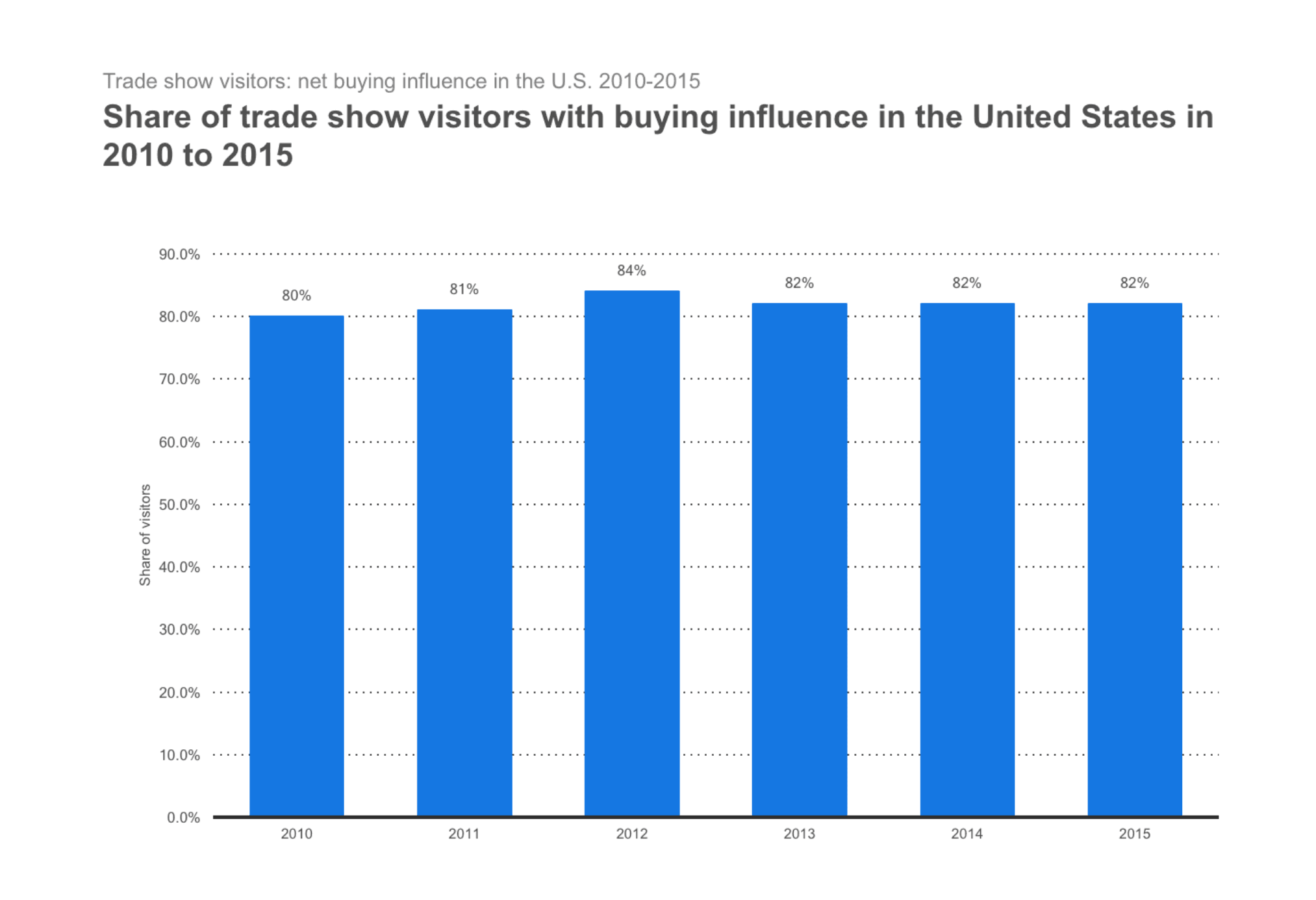
Written By: TMSA Staff | Jun 14, 2016 12:00:00 AM
By Brynn Everett, Marketing & Communications Project Manager, MindShare Strategies
Maritz Travel asks an important question in terms of events: “How can you create an experience that effectively captures the attention of your guests?” An event’s experience is key for guest engagement and delivering results. Without an exceptional and unique experience, attracting and retaining guests can be a struggle.
However, before you design this creative experience, it’s critical to do what Maritz calls “perspective-taking.” They emphasize the importance of taking the time to walk in your guests’ shoes of how they will experience your event and understanding their point of view. Through this process, Maritz discovered the 8 phases of a successful event that the guest experiences. Now, they utilize this process to improve event design and engagement to create memorable and successful event experiences.
Announce. The first phase for any event is announcing that there is, in fact, an event that will take place. This phase is important as it is the first experience and impression your guest will have regarding the event. So forget the typical, standardized email invite. Maritz suggests captivating your guests’ attention in a meaningful and memorable way – perhaps a handwritten invitation from your CEO to each prospective guest.
Attract. Now that you have thrown the bait out there, it’s time to get them hooked and reeled in. Creativity is critical during the attracting phase and can sometimes be the deciding factor of whether or not they register. If the event takes place at a tropical location, consider sending a postcard from the destination, as this will create excitement and interest and ultimately drive more registrations.
Anticipate. Upon registering, your guests set a certain mental expectation of what they believe they will experience. This phase works to align those expectancies with the actual experience; you don’t want your guests feeling let down or disappointed.
Arrive. Although your guests’ experience en route to your event is mostly out of your control, making an effort to ensure traveling is as stress-free as possible will go a long way. Maritz suggests providing a neck pillow or sleep mask (with your logo) to add some comfort, or surprise your guests with an iTunes card so they can purchase new music or a new book for the plane ride – even make some recommendations that will align nicely with the event or tie into your specific theme.
Enter. This is the moment your guests have been waiting for, as each phase up until now has built up anticipation. Therefore, this is a critical phase as how they are greeted will set the tone and be their first memory of the event. To have an emotional impact, have executive leadership welcome guests as they arrive. This not only makes guests feel special and important, but it sets intention for the event.
Engage. You’ve worked hard to make sure their expectations are aligned with the actual experience. Now it is time to deliver. This phase is what they came for--therefore make it a meaningful, unique, and worthwhile experience.
Exit. As the event is wrapping up, it is important to capitalize on your guests’ departure experience as this will be the final thing they remember about your event. You want to make a strong and lasting impression. Consider providing each guest with a signed copy of the keynote speaker’s new book.
Extend. Even though the event is over, it’s important to make a final stamp on their experience. This extending phase is for your guests to “recall and relive” as Maritz puts it. Mail something unique that will allow your guests to remember and re-experience the event. This extended effort will encourage them to participate next year.
Overall, this journey map provides companies valuable insight into which areas of the event are doing well, and which areas need improvement. It is a useful tool that will ultimately enhance and elevate your guests' experience.
Tags: Strategy

One of the most common question asked of any marketing team after exhibiting at a trade show is, “What is our return on investment (ROI)?” The answer to this question is integral in determining if a...

By Michael Stewart, Partner, Realm Inc. At the TMSA Logistics Marketing & Sales Leadership Conference this last June, I had an opportunity to sit down and chat with some of the brightest marketers in...